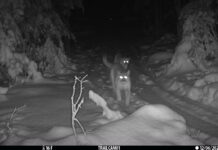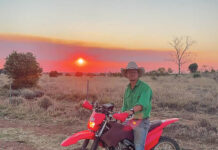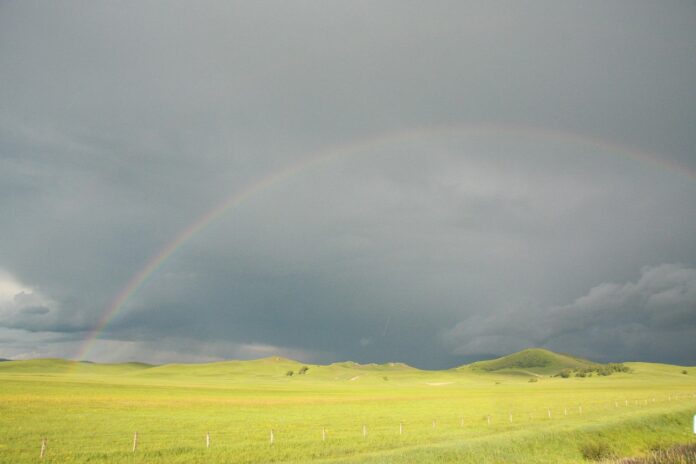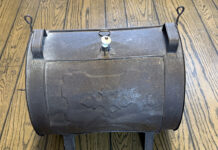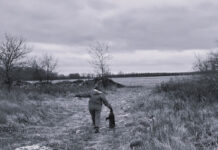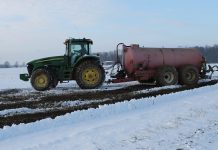Right now, we are experiencing something our region rarely experiences: RAIN, and a lot of it.
Our county was opened for homesteading in 1908, and the area was immediately flooded with hopeful greenhorns. Many had unknowingly harnessed their futures to land “West of 20,” where the average annual precipitation amounts to less than 20 inches, or near desert conditions.
The experience of those first pioneers mirrored my own exactly, because that first year, homesteaders found themselves living in a verdant paradise. Rain was abundant, and consequently, so were crops. At the time, it was believed rain would “follow the plow.” For that first year, it appeared to be true.
The year 1910 revealed this misconception to be a fantasy. Whereas 1909 had been unusually wet, during the second year, our region failed to receive even its average of 14 inches of annual precipitation. They learned, as I have, that “average” can be the middle of wide-ranging extremes.
The first summer I lived on the ranch, there were beautiful, soft rains all summer. The clover swayed waist-high, the blossoms on the alfalfa perfumed the air, and the stack of hay bales we put up fed the herd until the following spring. When drought rolled in with high temperatures and no rainfall the next year, it felt temporary. The nature of a drought is that it’s an aberration, right? It wouldn’t be labeled a “drought” if it were normal.
The fact is, periods of extreme drought are normal where we ranch here and across much of the high prairie. That’s why the native grasses evolved to grow thick, intertwined root systems many feet deep — those roots represent Mother Earth’s insurance policy.
In our north pasture, and on into our neighbors’ bordering pastures, abandoned homesteads dot the landscape at regular intervals. Often, a rusted piece of antique farm equipment is still nestled nearby, waiting patiently for its farmer to reclaim it — evidence of human plans laid and left unfulfilled. Evidence of an ecosystem that makes its own plans on its own terms.
Two weeks ago, it seemed like we were heading for another drought year. We’d gotten very little snow over the winter, and the temperatures were warmer than usual, a dangerous combination. Rain would appear sporadically in the forecast, but only enough “to settle the dust,” as the old-timers say. And then, just when folks started wondering who to send to town (aka sell at auction if there wasn’t enough grass to feed herds and flocks through the summer), we got a real rain, the kind that lasts all day. The kind of rain our neighbors in Minnesota or even eastern South Dakota think nothing of, but for us might only happen once a year, if at all. A soft, gentle day-long rain that doubled the amount of precipitation we’d received for the year-to-date in less than 24 hours.
Yesterday, I teased the kids while we hunted for their raincoats, that they’d never seen rain like this before, then realized it wasn’t a joke. It’s now been raining on and off for over a week, something that hasn’t happened in their lifetimes.
Meanwhile, I’ve got a theory about why we’re having a drought reprieve. I’d had big plans to renovate the Sheep Shed Cafe, the makeshift space my daughter and her friends use to serve snacks to passersby after school. Two weeks ago, I ripped out a section of the shed’s ancient tin walls, intending to replace it with clear paneling to serve as windows. I finished the demo in the evening and planned to paint the exposed exterior wood the next morning before covering it back up. That’s when it started raining, and the wood has been wet ever since.
Everyone knows the best way to invite rain is to leave your fanciest saddle on the fence or the windows of your pickup open overnight. Or, by starting a renovation project that is weather-sensitive. So the Sheep Shed won’t be serving food anytime soon, but there will be no shortage of green grass. You’re welcome!


